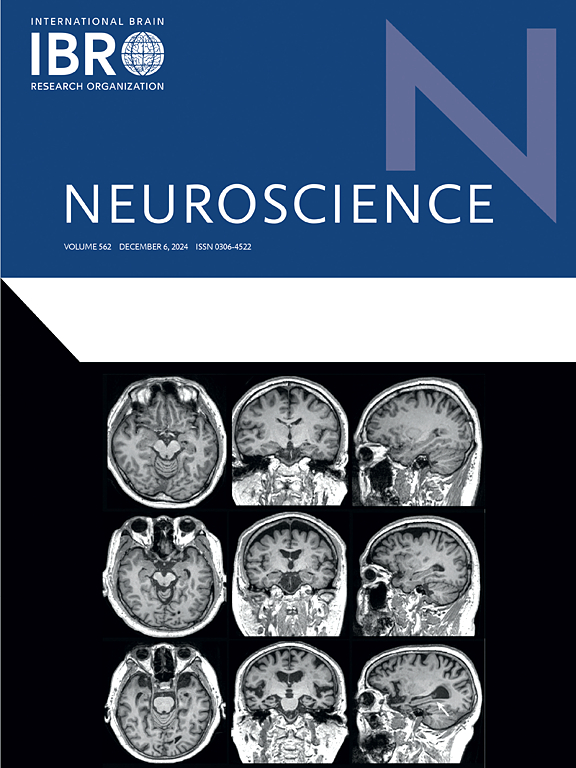基于同步压缩变换和深度迁移学习的脑电图增强阿尔茨海默病检测
IF 2.9
3区 医学
Q2 NEUROSCIENCES
引用次数: 0
摘要
阿尔茨海默病是一种最常见的痴呆症和进行性神经退行性疾病,由于记忆丧失、认知能力下降和行为问题,阿尔茨海默病对日常功能有重大影响。本文提出了一种基于脑电信号的阿尔茨海默病检测分类模型,该模型采用微调预训练卷积神经网络对脑电信号进行同步压缩表示。采用同步压缩技术将脑电信号转换成具有时变振荡元素的图像模式。比较了使用这些脑电图像的预训练深度架构(SqueezeNet、ResNet、InceptionV3和MobileNet)的分类性能。根据对19个头皮电极获得的脑电图信号进行的独立实验,P3和T5通道是检测阿尔茨海默病最有效的通道。P3和T5通道的分类准确率分别为98.50%和97.57%,其中InceptionV3表现最好。该研究还强调,顶叶和颞叶的典型疾病动态主要反映在大脑皮层的电活动上。本文章由计算机程序翻译,如有差异,请以英文原文为准。

Enhanced EEG-based Alzheimer’s disease detection using synchrosqueezing transform and deep transfer learning
The most prevalent type of dementia and a progressive neurodegenerative disease, Alzheimer’s disease has a major influence on day-to-day functioning due to memory loss, cognitive decline, and behavioral problems. By using synchrosqueezing representations of EEG signals classified by fine-tuned pre-trained convolutional neural networks, this paper presents an EEG-based classification model for Alzheimer’s detection. EEG signals are converted into image patterns with time-varying oscillatory elements using the synchrosqueezing technique. The classification performances of the pre-trained deep architectures (SqueezeNet, ResNet, InceptionV3, and MobileNet) using these EEG images are compared. The P3 and T5 channels are the most effective for detecting Alzheimer’s disease, according to independent experiments done on EEG signals obtained from 19 scalp electrodes. With classification accuracies of 98.50% and 97.57% for the P3 and T5 channels, respectively, InceptionV3 performs the best. The study also emphasizes that the parietal and temporal lobes’ typical disease dynamics are primarily reflected in the electrical activity of the cerebral cortex.
求助全文
通过发布文献求助,成功后即可免费获取论文全文。
去求助
来源期刊

Neuroscience
医学-神经科学
CiteScore
6.20
自引率
0.00%
发文量
394
审稿时长
52 days
期刊介绍:
Neuroscience publishes papers describing the results of original research on any aspect of the scientific study of the nervous system. Any paper, however short, will be considered for publication provided that it reports significant, new and carefully confirmed findings with full experimental details.
 求助内容:
求助内容: 应助结果提醒方式:
应助结果提醒方式:


